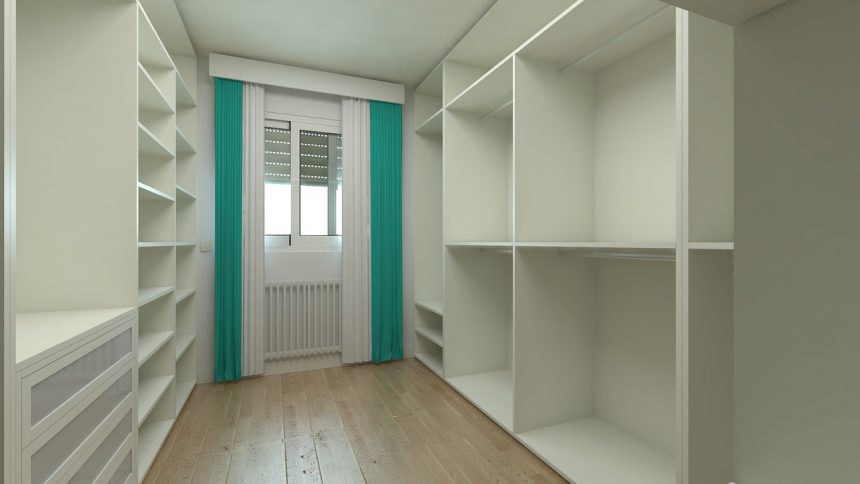Photo by Pixabay.com
If you are thinking of buying new wardrobes or even renovating the doors on your existing wardrobe, you will have to decide whether you want to use standard wardrobe door hinges, or fit sliding wardbrobe doors. The decision should be made carefully, after taking into consideration the available space you have for door clearance, the weight of the doors, and whether or not you want to fit large and heavy full length mirrors.
In this article, we cover the benefits and drawbacks of both hinged and sliding wardrobe doors to help you with the decision making process.
Pros and cons of a Sliding wardrobe doors
Sliding wardrobe doors are a modern alternative to hinged wardrobe doors which have been around for centurys. Sliding wardrobe doors have their own benefits as well as one potential drawback that you should be aware of before deciding which type of wardrobe doors to fit.
Pros
Sliding wardrobe doors are ideally suited for use in small spaces. They don’t require a large space in front of the wardrobe to be left empty in order to provide door clearance, sliding doors can also hold a much larger load weight than hinged doors. This makes them ideally suited to full length mirrors. Superglide Wardrobes can also support heavier grade doors than traditional hinges, which does broaden your horizons with regards to what type of material you want to use for your doors. Tradition hinges limit you to fairly narrow depths of board or timber in sinse hinges can only support so much weight without bending or breaking.
When it comes to installation, sliding doors are fairly simple to install. Just cut the tracks to length and screw them in place, then install the rear door followed by the front door.
Cons
Sliding doors do present their own maintenance demands in order to provide trouble free use. Slider rails require regular cleaning to keep them free of dirt and grime. Although the bottom track really requires more attention than the top track, it is important to prevent the build up of dirt otherwise the doors may start to jam. Another potential drawback of sliding doors is that since you can only expose 50 percent of the storage area at any given time, it may not be possible to store large boxes in your wardrobe.
Pros and cons of hinged wardrobe doors
Hinged doors are definately the most common type of wardrobe door, but are not the most simple to fit. In order to close properly hinged doors must be cut and fitted with precision. They also require a frame in order to provide a veritcal surface for the hinges to fix to.
Pros
Hinged doors need to be fairly light, this means that the most common door material is fairly thin laminated chipboard, an extremely low cost material. Although they are more complicated to install, hinged doors do not require any regular maintenance once fitted. Hinged doors allow you access 100 percent of the storage area, this means that you can place large boxes into the wardrobe that would not be able to fit through a sliding door apperture.
Cons
Hinged doors require a large empty space in front of the wardrobe to provide clearance for the doors to open. In small confined spaces, this could be a significant drawback. Hinged doors do not bear loads well, mounting a heavy mirror can lead to damaged hinges or even damage to the door itself. Often the weight of a laminated chipboard door with a mirror attached is enough to to cause the chipboard particles to pull apart around the hinge mounting.






